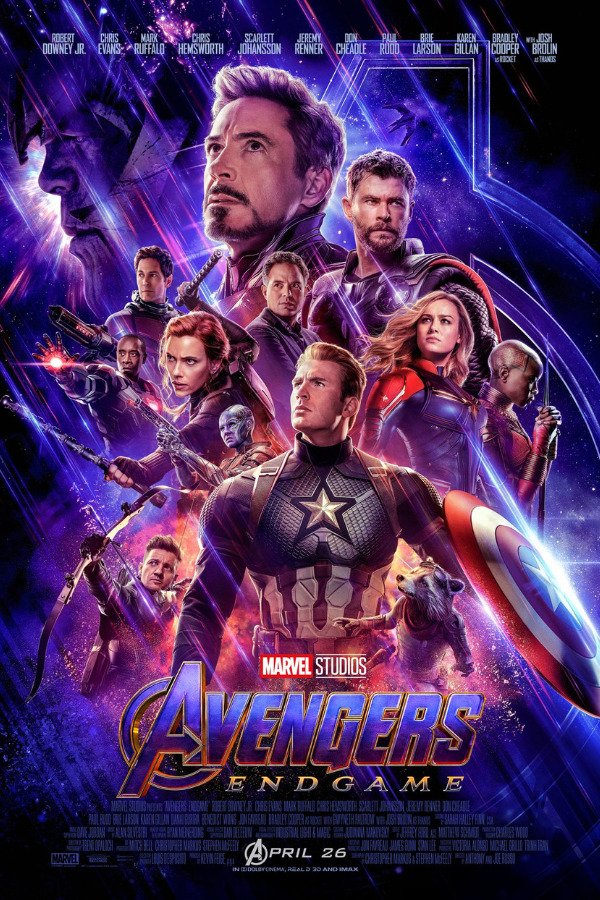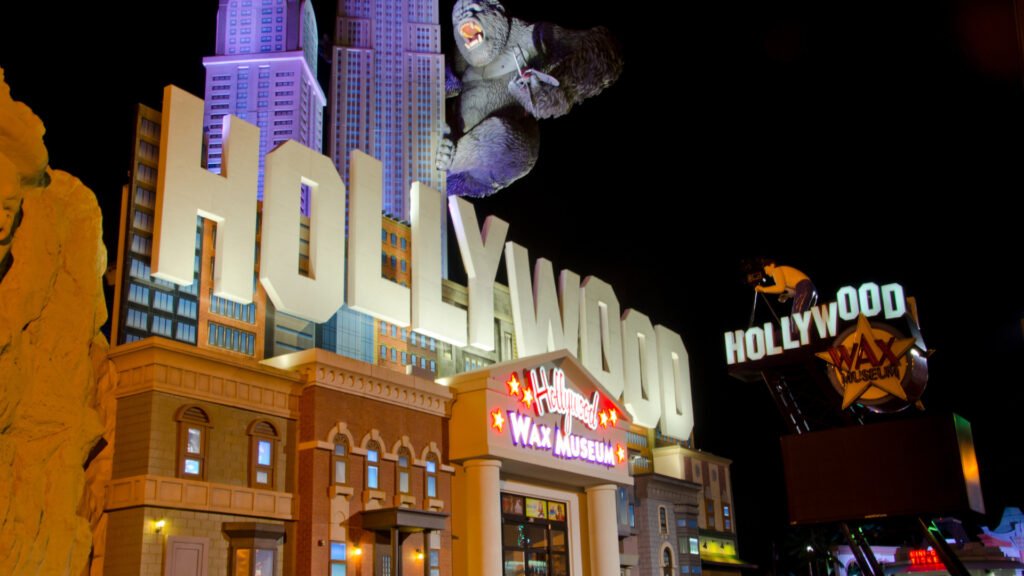Bollywood Talkies
History of Bollywood
Dadasaheb Phalke’s silent Raja Harishchandra (1913) is the first feature film made in India. The first Indian sound film, Ardeshir Irani’s Alam Ara (1931), was Bollywood’s first commercially successful movie. In fact, the years 1940 to 1960 were the golden age of cinema.Musical romantic films with romantic heroes dominate during the late 1960s and early 1970s.
The name “Bollywood” was coined during the 1970s when they defined conventions of commercial Hindi films; by 1986, India had become the world’s largest film producer. In the 1990s, the term “New Bollywood” was coined, where they mainly produced family-centric romance musicals. Due to the extensive South Asian population at the start of the twenty-first century, the Indian film industry had begun to go global.
Once upon a time in Hollywood
History of Hollywood
The Cinema of the United States, also famously known as Hollywood, developed between 1913 to 1969.
Hollywood is considered transnational cinema; it’s the oldest film industry in the sense of being where production houses and studios emerged—the birthplace of various genres such as drama, science fiction, comedy, tragedy, horror, romance, etc. Since the early 20th century, the U.S. film industry has primarily been in and around the thirty-mile zone in the Hollywood area of Los Angeles County, California. The shooting of the first motion-picture studio in Hollywood took place in West Orange, New Jersey; that’s when Hollywood started its journey in the 19th century with the construction of Thomas Edison’s “Black Maria.”
Hollywood and the studios in Los Angeles expanded. Films were under-production in several American towns before World War I, but as the business grew, filmmakers preferred to flock to southern California. The welcoming weather, consistent sunlight, and various available landscapes allowed them to shoot their movies outside all year round.
In the late 1920s, Hollywood extensively used songs. Hollywood movie studios responded to Warner Bros. and started using Vitaphone sound in subsequent films after The Jazz Singer, the first motion picture with synchronized voices, was successfully released as a Vitaphone talkie in 1927. Warner Bros. owned Vitaphone until 1928. By May 1928, the Western Electric company’s subsidiary, Electrical Research Product Incorporated (ERPI), had established a monopoly on the distribution of motion picture sound.
Post-classical cinema represents the evolving storytelling techniques in New Hollywood; according to some, modern drama and characterization techniques preyed on audience expectations developed during the classical era. In Hollywood, Chronology used to be jumbled; plots would contain “twisted endings,” and the distinction between the antagonist and protagonist was mainly hazy.
The difference in Storytelling and Narrative
Bollywood Shenanigans
Bollywood usually uses formulaic plotlines, skillfully choreographed battle scenes, stunning song-and-dance routines, emotion-filled melodrama, and larger-than-life heroes remain to be staples of Bollywood movies.



Hollywood Factor
Hollywood is known to create dreams, fairytales, and standards that society aspires to live. But what differentiates Hollywood is its more realistic approach, even to a fairytale, treading on the lines of plausibility.
Hollywood also skillfully deals with fiction, animation, and horror with the help of production houses and studios having experts in the field who produce such movies using highly efficient and innovative technology. Hollywood is also known to take risks and their plots and experiment more. But with its perks, a downside to Hollywood is neorealism, which usually focuses on the realistic portrayal of situations, emotions, etc. And this affects the audience, often shattering the narrative of a perfect or happy ending.
Final Thoughts
Whether Hollywood or Bollywood, it’s more about the preference of the viewer and how they perceive a movie or plot line. Both industries thrive and have their strengths and weaknesses, respectively. These industries have had a significant impact and influence over the years, creating a mark for themselves. Both, rich in history, have grown and evolved with their levels of success and recognition.
Irrespective of the industry, people love watching movies, whether Hollywood or Bollywood. Though technology adds an edge to the Hollywood industry, Bollywood’s family and value-centric plot lines are even lovable. It depends mostly on who they are targeting through their movies. They have managed to capture people’s adoration.
Subscribe to new post
The One Liner
Useful Links
Order Related Queries
Useful Links
Order Related Queries





Very Good, Super
Excellently written and a beautiful comparison between the two. Loved reading the article!
Well narrated and compared with regional variations